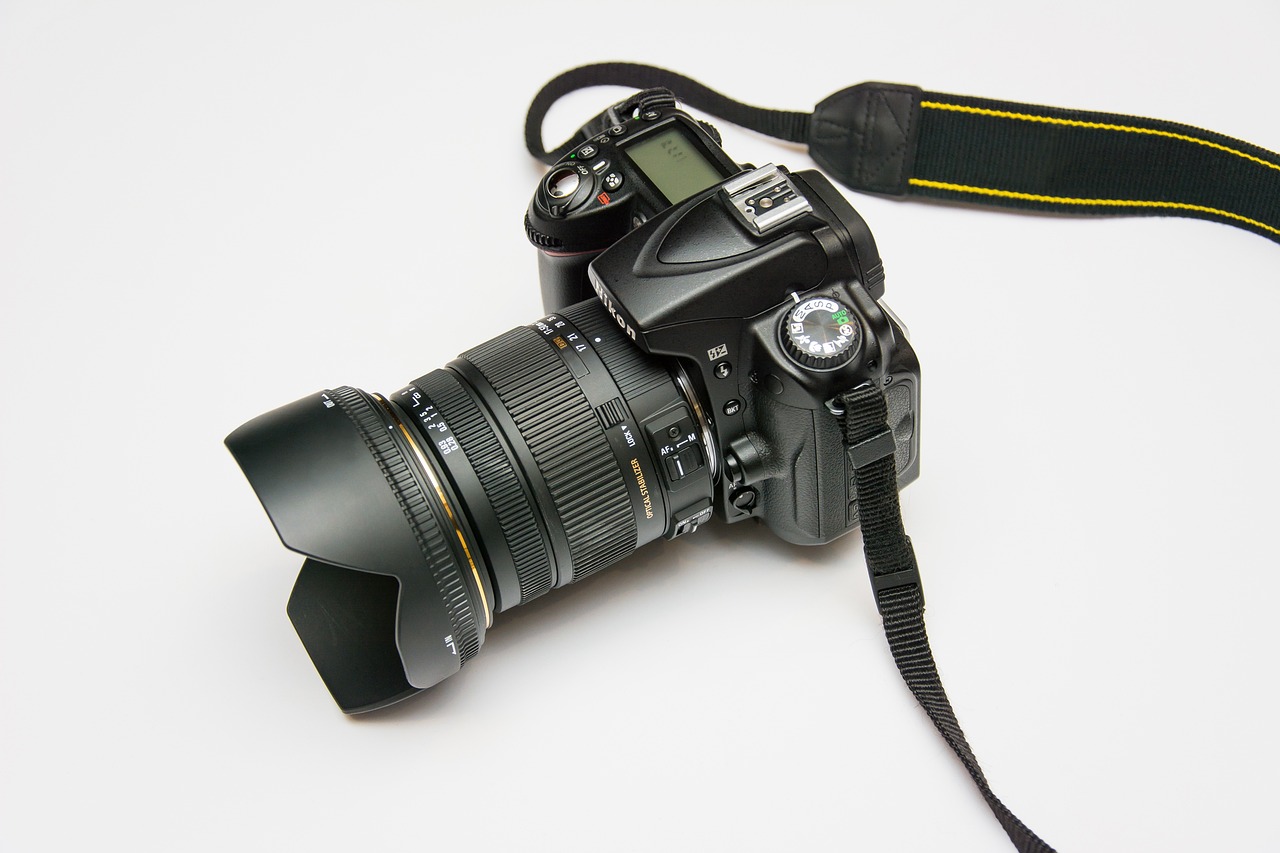
Introduction to the Premium Camera Debate
In the realm of documentary filmmaking, the choice between CANON and SONY cameras is more than just a matter of brand loyalty—it’s a decision that can significantly impact our storytelling. As filmmakers, we understand that each moment captured has the potential to resonate deeply with our audience, making it crucial to select a camera that enhances our narrative vision.
Both brands offer a range of high-quality, premium camera rigs, each equipped with unique features tailored for capturing stunning visuals. However, what makes Canon or Sony the right choice for us?
In this article, we will dive into the strengths and weaknesses of each brand. Our goal is to equip ourselves with the knowledge needed to make an informed decision that aligns with our specific filmmaking needs and styles. Let’s embark on this journey together to find the camera that will elevate our documentary projects!




Understanding Our Filmmaking Needs
Before we dive deep into the specifics of Canon and Sony cameras, we must take a moment to assess our own filmmaking needs. The world of documentary filmmaking is diverse, and understanding our unique requirements is the first step toward selecting the right camera.
Key Considerations
- Shooting Environment: Are we often filming in low-light situations, such as dimly lit interviews or evening events? If so, we need a camera with excellent low-light capabilities and high ISO performance.
- Portability: Are we carrying our gear over long distances or hiking into remote locations? If portability is crucial for our projects, we want a lightweight and compact camera that doesn’t compromise on quality.
- Autofocus Features: Documentaries often involve unpredictable subjects moving in and out of frame. Evaluating the autofocus capabilities, especially continuous autofocus, can be vital in ensuring we don’t miss pivotal moments.
- Battery Life: Long shoots can drain batteries quickly. We should consider how long we’ll be shooting before needing a recharge, leading us to options that feature extended battery life or the ability to use external power sources.
- Lens Versatility: The ability to switch lenses can greatly enhance our storytelling. Are we looking for a camera system with a wide range of lenses for various situations, from wide-angle shots to telephoto views?
- Budget: Finally, we must define our budget. While premium options abound, it’s important to remember that the best camera is the one that fits our financial parameters while still meeting our needs.
Here’s a brief comparison table to summarize these vital filmmaking needs:
| Need | Questions to Consider |
|---|---|
| Shooting Environment | Do I need effective low-light performance? |
| Portability | Is the weight of my kit manageable for long days? |
| Autofocus | How efficient is the autofocus during unpredictable shoots? |
| Battery Life | Can the camera last through lengthy filming without interruption? |
| Lens Versatility | Do I have access to a variety of lenses for different shots? |
| Budget | What’s my budget for this investment? |
By reflecting on these aspects, we can identify which features are non-negotiable for our documentary projects. With clarity on our unique requirements, we’re better equipped to evaluate the offerings from Canon and Sony.
As we consider these foundational elements of our filmmaking style and needs, it’s time to delve deeper into Canon’s offerings and see how they can meet our criteria. Let’s explore what makes Canon a compelling option for documentary filmmakers.
Canon’s Offerings: A Closer Look
Canon has carved out a significant place in the hearts of filmmakers, particularly for its renowned color science and extensive lens options. As we explore Canon’s premium camera offerings, it’s essential to highlight the features that make these cameras particularly appealing for documentary work.
Exceptional Video Quality
One of the standouts in Canon’s lineup is the EOS R5, which captures 8K video at up to 30 frames per second. This capability not only allows us to produce stunning visuals but also provides the flexibility to crop our shots in post-production without losing quality. The rich color reproduction from Canon cameras often results in footage with a cinematic feel, which is invaluable when telling compelling documentary stories.
Dynamic Range
Dynamic range is crucial for documentaries that often feature varied lighting conditions. Canon cameras, particularly the EOS C70 and its Dual Gain Output sensor, excel in this area, providing us with the ability to capture highlights and shadows beautifully. This means we can shoot in challenging environments—like sunlit exteriors to shadowy interiors—while retaining significant detail, making our subjects appear more lifelike.
User-Friendly Interface
Canon has a reputation for user-friendly interfaces, a feature we often appreciate amid the fast-paced world of documentary filmmaking. The intuitive layout of controls allows us to adjust settings quickly, ensuring we can capture spontaneous moments as they happen. The touch-screen functionalities on models like the EOS R5 add to this convenience, enhancing our ability to navigate settings swiftly.
Lens Compatibility
Another significant benefit of choosing Canon is the extensive range of lenses available. From wide-angle to telephoto, the options are nearly limitless. The ability to use Canon’s EF lenses through an adapter further expands our creative possibilities, allowing us to leverage existing glass if we’re transitioning from an older system.
Real-Life Example
Consider the experience of a colleague who filmed a documentary in remote locales with fluctuating light. Armed with the Canon EOS C300 Mark III, they marveled at how the camera’s capabilities allowed them to seamlessly transition from vibrant daytime shots to dimly lit evening scenes—without losing essential details or dynamic colors. Such versatility is often what we seek in a camera for documentary storytelling.
In summary, Canon’s offerings cater to the diverse needs of documentary filmmakers. With superb video quality, impressive dynamic range, user-friendly interfaces, and an extensive selection of lenses, Canon stands as a strong contender in the premium camera market.
Now, let’s pivot our focus to explore Sony’s advantages and see what sets it apart in this competitive landscape.
Sony’s Advantages: What Sets It Apart
Sony has made remarkable strides in the camera market, particularly with its innovative mirrorless technology. As we dive into Sony’s premium camera offerings, we can highlight several standout features that are tailored for our documentary filmmaking needs: superior autofocus, exceptional 4K video capabilities, and impressive battery life. These elements can be especially transformative in capturing the heart of our stories.
Superior Autofocus System
One of the most notable advantages of Sony cameras is their autofocus system. With advanced features like Real-Time Eye Autofocus, our footage becomes sharper and more focused, even in unpredictable shooting scenarios. This capability is particularly useful during dynamic events where subjects might move unpredictably.
For instance, in a documentary about street performers, having a camera that can track a moving subject seamlessly can make the difference between a missed moment and a perfectly captured scene.
Exceptional 4K Video Capabilities
Sony’s premium lineup, such as the Sony A7S III, is revered for its outstanding 4K video capabilities. With frame rates up to 120fps in 4K, we have the flexibility for slow-motion footage that can enhance our storytelling.
To illustrate, a filmmaker capturing intimate interviews can benefit from the nuanced color capabilities, resulting in a more authentic portrayal of emotions during storytelling.
Remarkable Battery Life
Battery life can be a deal-breaker in documentary filmmaking, and Sony addresses this concern effectively. Models like the A7 III tout impressive endurance, often outperforming competitors in the same price range.
For example, imagine a scenario where we are filming a lengthy outdoor event. The last thing we want is for our camera to run out of power in the middle of an important moment. With extended battery life, we can stay focused on storytelling, not worrying about our gear.
Conclusion
In summarizing Sony’s advantages, we can see how their focus on autofocus, 4K capabilities, and battery life aligns perfectly with the demands of documentary filmmaking. These features empower us to capture more vibrant, dynamic stories while ensuring we won’t miss critical moments due to technical limitations.
As we weigh the benefits of Sony against Canon’s offerings, it becomes clear that both brands have distinct qualities. Next, we’ll delve into a head-to-head comparison of Canon and Sony to identify how each stacks up against the other in various filmmaking scenarios.
Head-to-Head Comparison: Canon vs Sony
As we venture deeper into the decision-making process, it’s time to put Canon and Sony to the test through a direct comparison. By summarizing key specifications and features of each brand’s cameras, we can visualize their strengths and weaknesses more effectively. The core attributes that matter to us as documentary filmmakers will be highlighted in a simple table, making it easier to discern which brand might suit our needs best.
Essential Features Overview
| Feature | Canon EOS R5 | Sony A7S III |
|---|---|---|
| Video Resolution | 8K up to 30fps | 4K up to 120fps |
| Sensor Type | Full-frame CMOS | Full-frame Exmor R CMOS |
| Autofocus System | Dual Pixel CMOS AF with Eye AF | Fast Hybrid AF with Eye AF |
| Dynamic Range | 13 stops | 15 stops |
| Low Light Performance | ISO range: 100-51,200 | ISO range: 80-102,400 |
| Battery Life | Approximately 320 shots | Approximately 710 shots |
| Weight | 738g (1.63 lbs) | 699g (1.54 lbs) |
| Lenses Available | Extensive EF/EFS lens ecosystem | Extensive E-mount lens ecosystem |
| Screen | 3.2″ vari-angle touchscreen | 3.0″ tilting touchscreen |
| Price Range | More expensive | Generally more affordable |
Notable Differentiators
Video Resolution: While both cameras excel in video, the Canon EOS R5 stands out with 8K capabilities, which may be advantageous for filmmakers aiming to future-proof their projects or achieve unparalleled detail. However, the Sony A7S III offers stunning 4K video at higher frame rates, ideal for slow-motion shots and is widely regarded for its versatility.
Autofocus Features: Canon’s Dual Pixel AF provides an intuitive experience, especially with face and eye detection. On the other hand, Sony’s autofocus system has garnered significant praise for its speed and reliability, particularly in dynamic shooting conditions. For us, this can make a huge difference during unpredictable documentary moments.
Dynamic Range: Sony takes the edge regarding dynamic range, boasting a remarkable 15 stops, allowing us to capture nuanced details in highlights and shadows—a benefit when shooting in diverse environments. This feature can be a game-changer in interviews or environments with contrasting lighting.
Battery Life: The A7S III excels with its extended battery life, making it ideal for those long shoots we often face in documentary work. In contrast, while the Canon R5 has a respectable battery, it may not last through the lengthier sessions as effectively.
Real-Life Application
Imagine we’re shooting a sensitive documentary series over several weeks. Having that extended battery life from the Sony A7S III could give us the freedom to film critical moments without constantly worrying about changing batteries. Alternatively, if we plan to project footage in high resolutions, the R5’s 8K ability may offer us greater flexibility in post-production.
As we lay out these features and specifications, the decision may start feeling clearer, yet it ultimately depends on our specific needs and filmmaking scenarios. With this information in hand, we’re poised to hear from colleagues who have experienced both brands in their documentary endeavors. Let’s dive into real-world experiences and testimonials to see how these cameras perform outside the lab.
Real-World Experiences: Filmmaker Testimonials
Nothing beats real-world usage. Here, we’ll share testimonials from fellow documentary filmmakers who have chosen either Canon or Sony for their projects. Their experiences, challenges, and outcomes provide invaluable insights into which camera might best suit our needs.
A Canon Story: Documenting Heritage
Filmmaker Jessica Lee recently wrapped a documentary series on cultural heritage. She chose the Canon EOS C70 for its superb dynamic range and color depth. Jessica recalls a pivotal scene shot in an ancient temple, where light poured through stained glass. “The way the C70 captured those vibrant hues was breathtaking,” she recalls. “It retained details in the darkest shadows and brightest highlights, allowing me to paint a vivid story.”
Her advantage was not only the superior image quality but also the user-friendly interface. “During interviews, I could adjust settings quickly without losing a moment. It made a stressful situation manageable, and the final product reflected that ease and joy of shooting.”
Sony Success: High-Energy Events
On the other hand, filmmaker David Kim often covers lively events where action is constant. He opted for the Sony A7S III, drawn in by its superior autofocus capabilities. David tells us, “The Real-Time Eye AF feature really is revolutionary. When capturing street dancers at a festival, I could focus on them effortlessly, even as they spun and leaped across the frame. It meant I could get the perfect shot every time.”
Moreover, he notes the remarkable battery life during a marathon shoot. “I filmed for hours without the need to change a single battery. That peace of mind allowed me to immerse myself in the moment instead of fussing with equipment.”
Bridging the Gap: Collaborative Filmmaking
A collaborative documentary project between filmmakers Sarah and Tom used both brands to showcase how two different approaches can work in harmony. Sarah shot with the Canon EOS R5, while Tom utilized the Sony A7 III. In their project about urban life, they noted significant differences in style and usability.
Tom observed, “While the Canon R5 was stunning for close-up interviews with nuanced colors, the Sony A7 III’s agility shone in fast-paced scenes. We often switched between cameras depending on the narrative needs. It was like having the best of both worlds.”
This teamwork brought them unique insights: “Ultimately, the choice between Canon and Sony can complement our storytelling. Depending on what we need the camera to accomplish, we can choose the tool that best fits the moment.”
Conclusion Transition
These testimonials underscore the real-world impact of our camera choices in documentary filmmaking. Each filmmaker’s experience highlights different aspects of Canon and Sony cameras, illustrating how specific features can enhance our storytelling. With these insights, we are closer to understanding which brand aligns best with our filmmaking vision. Now, let’s move to our final thoughts on the premium camera divide: choosing between Canon and Sony.
Final Thoughts: Choosing Between Canon and Sony
Ultimately, the decision between Canon and Sony comes down to our specific needs and preferences as filmmakers. Both brands offer remarkable options, each designed to cater to different aspects of documentary storytelling, whether it’s Canon’s renowned color science and user-friendly interface or Sony’s impressive autofocus and low-light capabilities.
By carefully weighing the pros and cons discussed throughout this article, we can identify the premium camera rig that best aligns with our documentary vision and style. Let’s not forget to try out both systems hands-on if we can, as the right fit can often be a matter of personal comfort and workflow. Together, let’s empower our storytelling with the perfect tools!


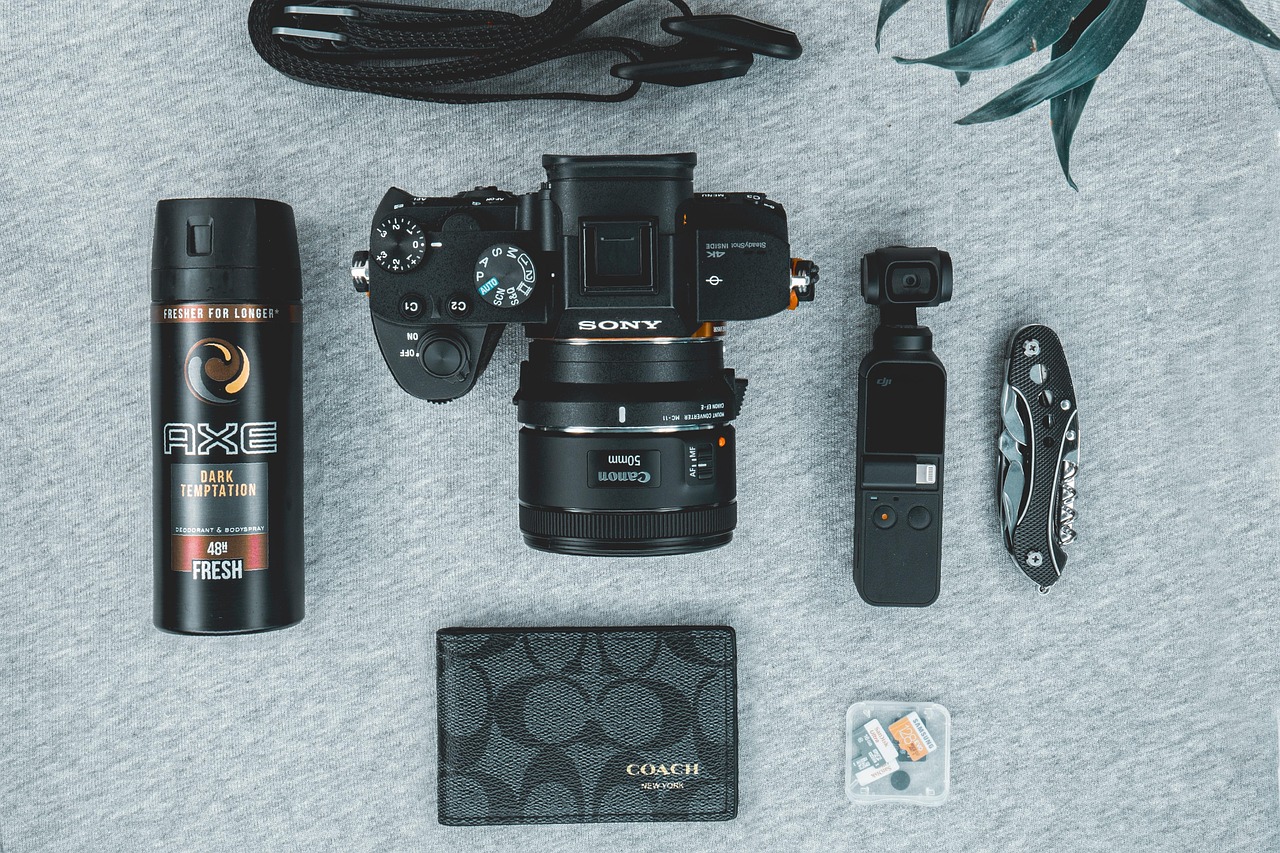
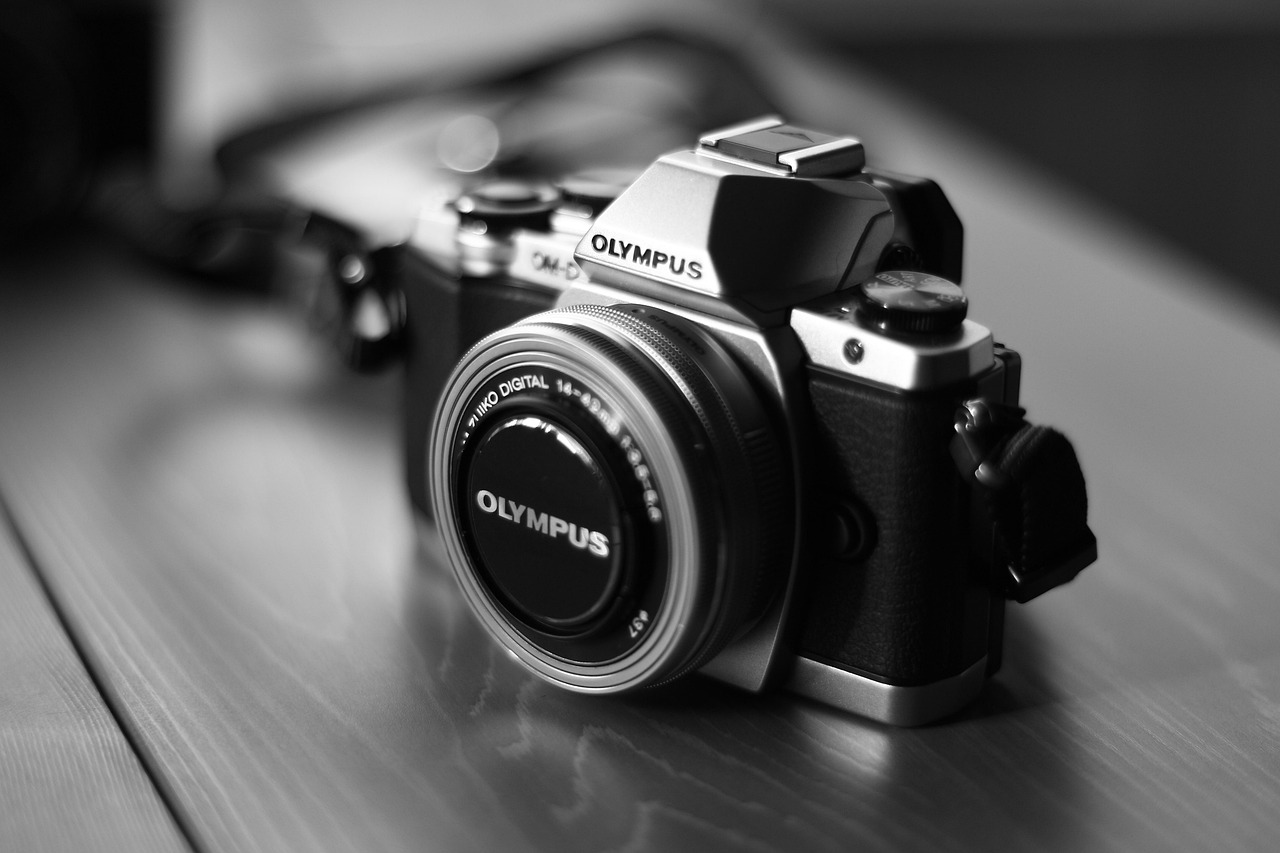
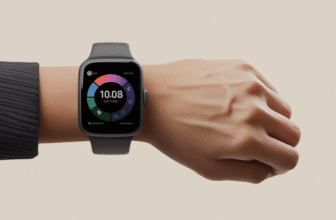


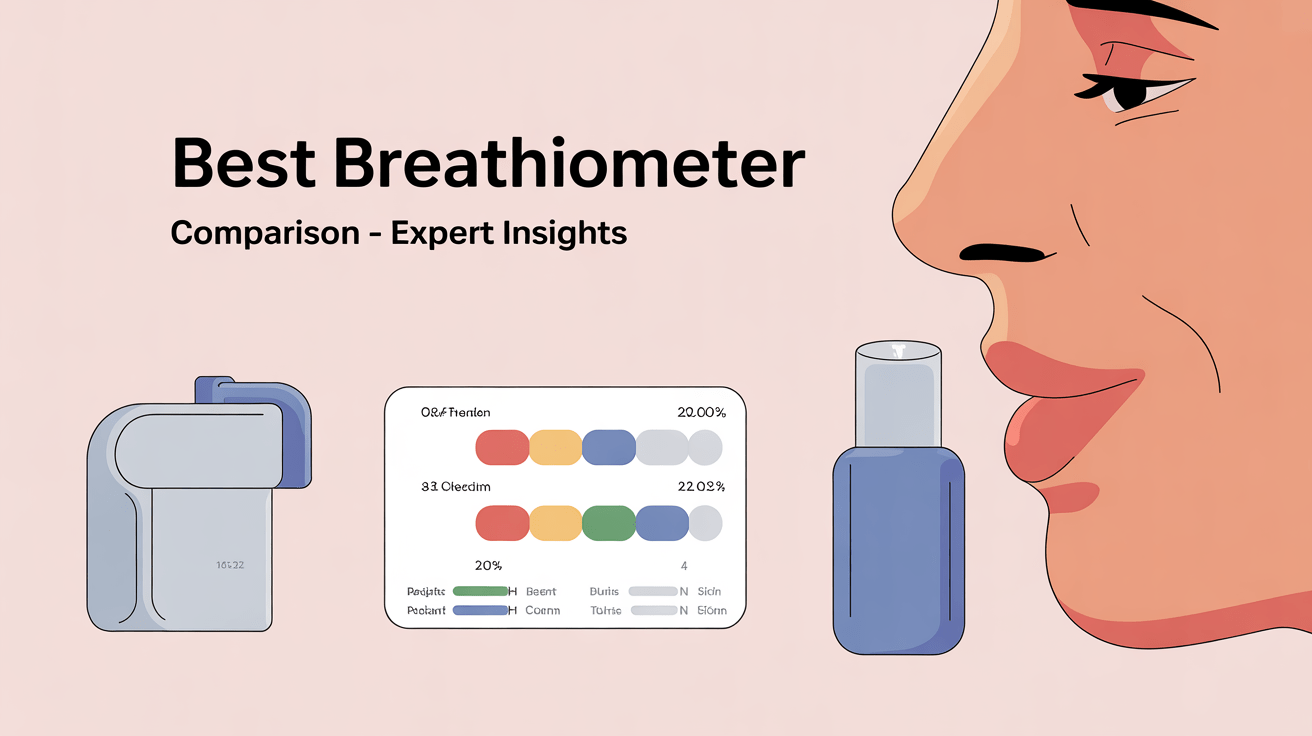
Not gonna lie, I’m still confused about which one to choose. 🤔 Your comparisons are great, but can someone give a specific example of a time Canon outperformed Sony?
Totally agree! Canon’s color science is hard to beat. I feel like it gives a more natural look.
A lot of filmmakers still swear by Canon for color science and skin tones, especially in documentaries.
This Canon vs. Sony debate feels endless! 😂 Can we just agree that both brands make amazing cameras for filmmakers?
Haha! True, Robert! At the end of the day, it’s about finding what works best for you.
Exactly! Let’s celebrate both brands and their contributions to filmmaking!
I’m all in for Sony based on low-light performance alone! But the Canon lenses are sooo tempting. 😅 What do you all think?
Low-light performance is huge, especially for documentaries. It’s a tough choice!
I think it comes down to what you prioritize more. Both brands have their merits!
I’ve heard a lot about the autofocus on Sony cameras. Is it really that good? I’ve missed shots due to slow autofocus with my Canon!
Yes, Sony’s autofocus is definitely one of their standout features! It’s fast and accurate.
I’ve had great experiences with Sony autofocus too! It’s a game-changer for action shots.
I liked the article, but I wish you had more about real-world experiences. How do these cameras perform in different environments?
Totally! I hope they do a follow-up with more user testimonials.
That’s a great suggestion, Hugh! Real-world tests can give more insight into performance.
I love my Canon EOS Rebel T7! It’s perfect for beginners. But I’ve been curious about the Sony FDR-AX43 for video. Is it worth switching?
The FDR-AX43 is great for 4K video, especially for documentaries. It really depends on your needs!
I’ve seen some awesome footage from the AX43! It’s compact and easy to use, which is a plus for documentary work.
I’m a newbie and honestly just want something that works well without breaking the bank. Do you think the Canon EOS RP is a good starting point?
Yes, the EOS RP is a good option for beginners! It’s user-friendly and offers good quality.
I second that! The RP is quite affordable for a full-frame camera and has great features.
I’ve always been a Canon guy, but I’m really impressed with the Sony cameras. Anyone switched and regretted it?
Switching can be a big step! It’s all about finding what fits your style best.
I switched from Canon to Sony and never looked back! But I do miss some of my old lenses.
Great article! I’ve been torn between Canon and Sony for a while now. I really liked your breakdown of their pros and cons. I’m leaning towards Sony because I heard their autofocus is top-notch! Anyone have experience with the RX100 VII?
Thanks for sharing your experience, Mark! The RX100 VII is indeed a favorite among many vloggers.
I’ve got the RX100 VII and it’s amazing for vlogging! The autofocus is super fast, and it’s compact, so perfect for traveling. Highly recommend it! 📷✨
Anyone else feel like the real difference is in the lenses? I love the lens selection for Canon, but Sony’s mirrorless cameras are so lightweight!
That’s a great point! I think I’d choose based on the lenses available for what I want to shoot.
Absolutely! Lens availability can really influence your decision, especially for specific styles of filmmaking.
This is so helpful, thanks! I’m trying to convince my team to go with Sony for our next project, but they love their Canon gear. Do you think the switch is worth it?
Switching can be tough! It really depends on what you’re filming. Sony has great low-light performance, so if that’s a priority, go for it!
Megan, it sounds like you have to weigh the benefits of switching against your team’s comfort. Both brands have their strengths!
Honestly, I feel like Canon is getting left behind. The EOS R5 is cool and all, but the price point is just insane. 😅 I’m a fan of the R series but I’m thinking of switching to Sony for the price and features.
Great point, Sarah! The EOS RP is a fantastic entry point into full-frame Canon cameras.
I hear you, Tom! The R5 is gorgeous but I can’t justify that price either. Have you looked at the EOS RP? It’s much more affordable!